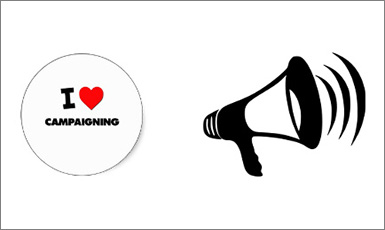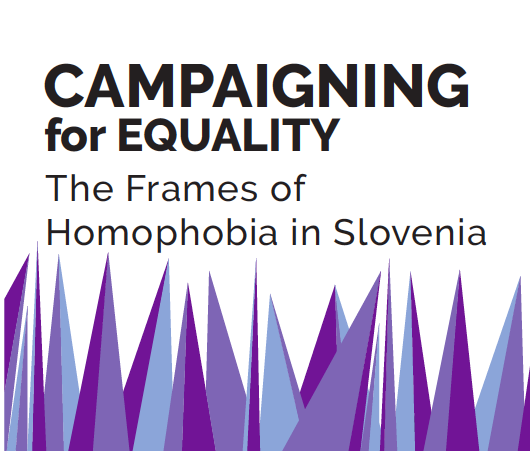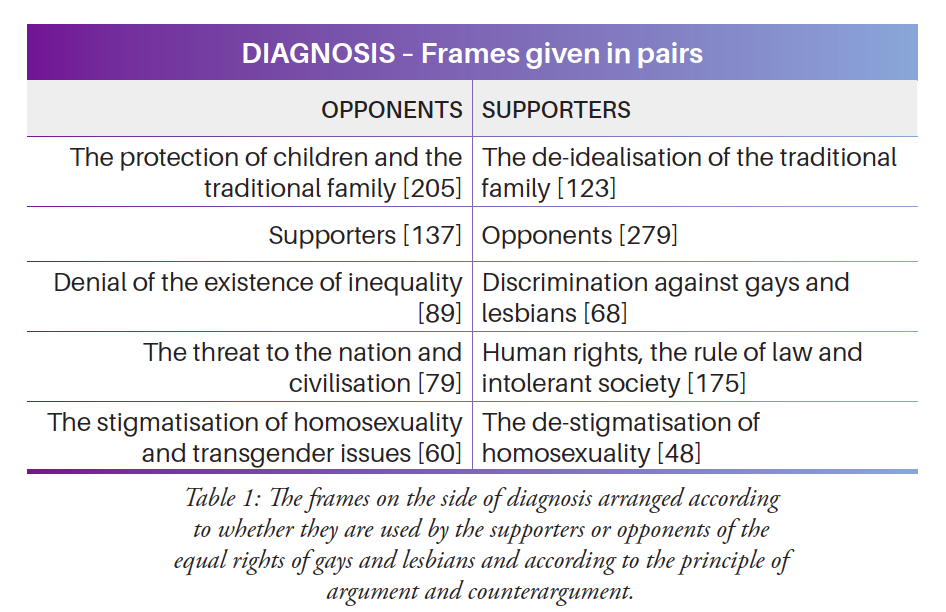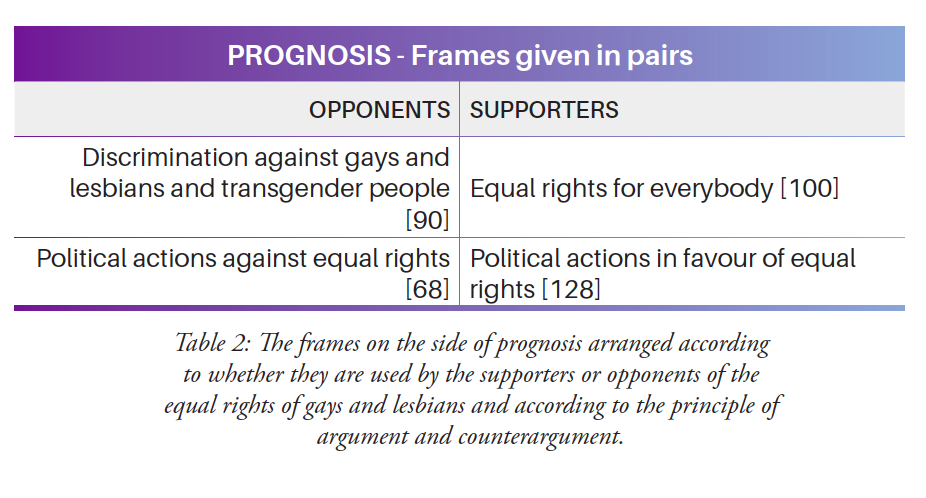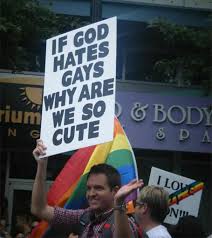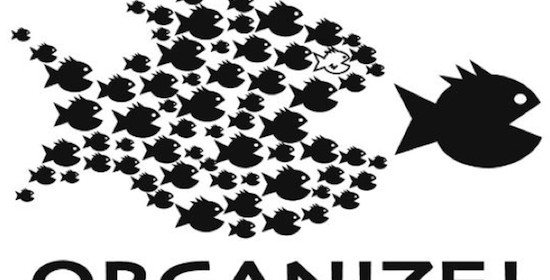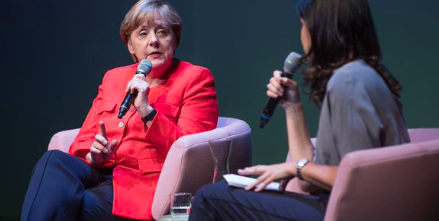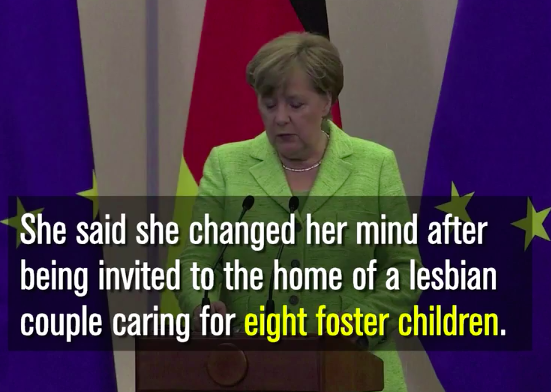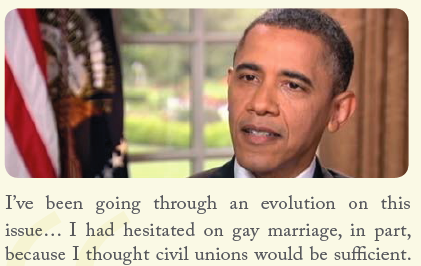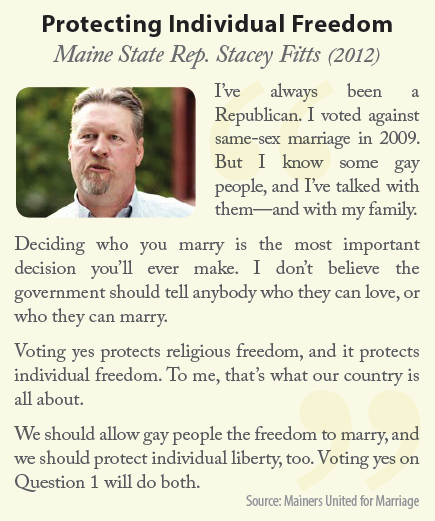July 1, 2017
We wanted to share this very interesting article that offers valuable suggestions on how we can create stronger movements, without needing to form bigger organisations, nor formal alliances (which always get bogged down in internal politics, ego issues, etc.).
The suggestion developed here is to invite collective pledges on a specific action. The “if you will I will” approach leaves everyone free to choose the rest of the tactics deployed by each. It also is a very clever way to activate the “social proof bias”, which suggests that people’s attitudes and behaviors are mainly modeled on what they see happening in society.
A good food for thought for LGBTQI activists!
By Gail Bradbook
This piece was originally posted on Compassionate Revolution in June 2016:
Compassionate Revolution was launched in summer 2015 as a grass-roots run platform for hosting pledges of collective action- “I will if you will”. The pledges can be acts of art (like mass graffiti), acts from the heart (like group meditations or modelling kind behaviour in politics) and acts of civil disobedience (like tax or rent strikes, work to rule, blockades etc). Here’s why this initiative is so vital at this time.
According to political theorists like Hannah Arendt and Gene Sharp, power is always located in the collective – i.e. amongst all of us ordinary folks. This is true, despite the fact power may seem to be centred in Whitehall or in the billionaire owned media, or in the City of London or any other places we feel we have no power over. Since we are being pushed around by an Establishment, increasingly disdainful of true democracy and definitely without our or the planets interests at heart, the fact that we don’t wield our power as a collective can be a real stick to beat ourselves with! Over inability to assert our power implies that it is our collusion with or passivity which allows the system to stay in place…
We hear “Why aren’t people on the streets” when the latest scandal erupts. And “People are so apathetic, nothing will ever change”. These statements presuppose two things:
– that actions, demonstrations, blockades and so forth emerge spontaneously, when in fact they are always organised. When Rosa Parks sat on the “white” part of the bus in segregated America, spurring a wave of similar acts of defiance, the event was carefully orchestrated by the civil rights movement- it was no spontaneous act. Campaigns for change need to be organised, this doesn’t imply central management, but it does imply a body of people committing to an action and calling for others to join in. The “system” has worked hard over many years to erode the organisations that are able to mobilise people, like trade unions. Fortunately the internet offers new mechanisms for more nimble, grass roots organisations to mobilise people. Horizontal, distributed networks have increased power.
– that people are passive because they don’t care. The passivity of the population is ensured by a number of mechanisms – sure it includes distraction through mind numbing media and socially acceptable drugs. Passivity can also be maintained by providing a vested interest in the status quo, however this is constantly being undermined through economic forces and the erosion of public services. Gene Sharp, in Power and Struggle, argues that obedience is often merely habitual and sharing examples of disobedience will encourage others to join in.
The civil rights movement in the US mobilised only 1% of the US population. A recent university study shows that when 3.4% of a population rises up a revolution is possible. This is about 2.2million people in the UK, (bear in mind around 10 million people vote Labour or Green and that beyond party politics many movements have a complaint about neo-liberal capitalism at their heart (the environmental, peace, anti-austerity and economic justice movements for example).
So the question is, if we argue that 2.2m people in the UK would like a rapid redistribution of wealth and power (a revolution) how are we to go about organising that?
Tim Gee, in Counterpower suggests that social change happens through the 4C’s:
The raising of Consciousness about an issue, the Coordination of different organisations, a stage of Confrontation (civil disobedience) and Consolidation of gains by having detailed policy solutions ready and energy to drive them home.
Within the current landscape we possibly have too much consciousness raising – the echo chamber of sharing on social media, of this issue and that disturbing fact and so on. The solutions offered are generally to pay an organisation some money and to support the re-sharing of information (what I call, tongue in cheek, the pyramid selling of sh*t information!). Perhaps 2.2m already know enough but need encouragement and example to act? Coordination amongst groups can be weak, as is the spreading of confrontation, despite incredible efforts by some amazing campaigners, in the face of media lock down, on reporting successful actions.
So how does the “ordinary, progressive, left leaning” individual decide to get involved in an action and commit to doing so? How could organisations best coordinate and share resources, without needing to form coalitions, requiring the merging of cultures and detailed agreements? Conditional commitment- the use of pledges “I will if enough others will” offers a simple way forwards.
Pledging to join collective action is not new. The labour movement transformed when wild cat striking was replaced by organised unionism “I will strike if you will” is the basis of a strike ballot.
The successful rent strikes of 1915, through “Mary Barbours Army” involved the pre-agreed actions of groups of women in tenement blocks. Those involved placed their pledge ‘RENT STRIKE. WE ARE NOT REMOVING.’ in their windows. “This is how they organised the resistance: one woman with a bell would sit in the tenement close, watching while the other women living in the tenement went on with their household duties. Whenever the Bailiff’s Officer appeared to evict a tenant, the woman in the passage immediately rang the bell, and the other women put down whatever work they were doing and hurried to where the alarm was being raised. They would hurl flour bombs and other missiles at the bailiff, forcing him to make a hasty retreat.”
The Women’s Tax Resistance League (part of the movement of suffragettes), formed in 1909 with the slogans ‘No taxation without representation’ and the more direct declaration: ‘NO VOTE, NO TAX’. 100 members were willing to take up this form of protest. A two-tier approach was adopted, which meant that some took action immediately (40), while others declared they were willing to become tax protesters once the total number of members reached 500. (However, the total never exceeded 200 – this was before the days of social media!)
The current successful rent strikes in UCL have been designed and organised by conditional commitment expert and activist Roger Hallam. First it focused on one hall, through face to face contact, by asking people how they felt about rent and the condition of the hall and whether they would strike if 100 people did it together. By the deadline 150 had agreed to strike and the story went viral (35,000 shares of a Guardian article). Then numbers increased to 700, half through online sharing.
The Keystone Pipeline pledge of resistance is possibly the most successful current example of conditional commitment. By March 2014 there had been 398 arrests of peaceful protestors who had pledged to undertake acts of civil disobedience in their opposite to the Keystone Pipeline, which would transport the dirtiest tar sands energy across North America. A further 162 were arrested in 2015 and by June 2015 over 97000 people had pledged their willing to participate in peaceful actions which might lead to arrest.
The current challenge is to get pledging / conditional commitment at the forefront of our collective psyches. Organisers of actions could spend time considering how to mobilise a greater number of people. For example those at home can support a Direct Action against an organisation (for example by participating in a telephone blockade of the organisation targeted). Roger Hallam encourages organisers to think about escalating their actions to achieve greater outcomes each time and involve more people. He has given detailed information about what supports this process. Dissent can be designed!
As grass roots movements and organisations gain confidence in conditional commitment, it will be possible to agree “cross fertilisation” of movements – encouraging those focussed on one action to support the simpler pledges of another, building cooperation and numbers. This itself can be done as a conditional commitment- “We will involve our network in your action if you will involve yours in ours” or “we will work together on a joint action if 6 other organisations agree to be involved”.
In this way, escalating actions and mobilising across networks, in a joined up but loosely held strategy, could be the process for seeing the big changes required.
So the Compassionate Revolution website can host pledges of action – we are trying to offer a range of pledges so that people can exercise their muscles of “peaceful mischief” and feel part of a collective (not all actions are illegal and we de-risk for the majority). A new action can be advertised to those who have already joined another actions. If we demonstrate the viability of this approach maybe Avaaz and others will step up to offering civil disobedience to their bigger databases. We need to normalise these approaches and we have social media on our side to reach the numbers. Join a pledge or several?:

